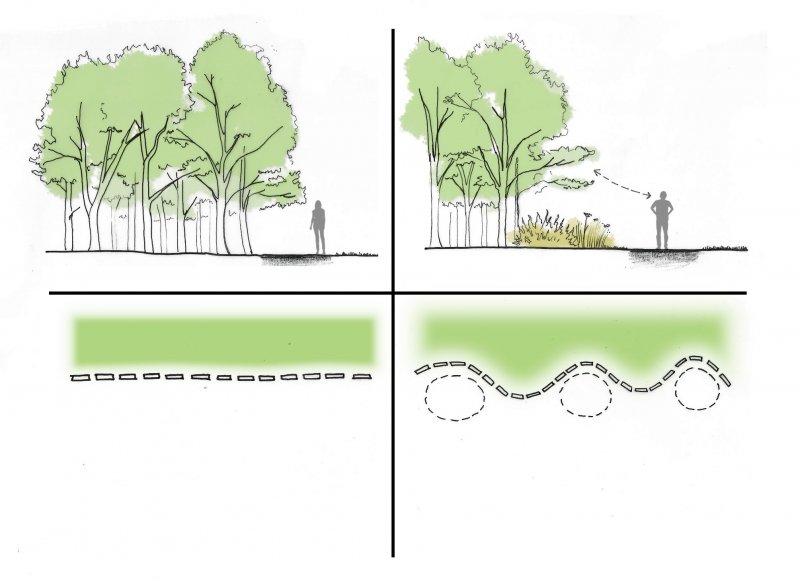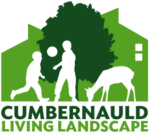Woodland cascades project creates better homes for wildlife and people
,
Work has started to improve the biodiversity of Northside Woods (known locally as Seafar Woods). This will create wildlife rich cascade woodland edges making space for native species and homes for wildlife. The Scottish Wildlife Trust's urban wildlife reserve borders many local residents’ houses, making the woodland a healthy place will benefit local wildlife and people.
By softening the edges next to people’s homes the cascade woodlands will increase biodiversity and have the additional benefit of protecting properties. Removing the large non-native trees planted in the 1960s and allowing smaller native trees to regenerate will create homes for wildlife and increase biodiversity. This will also improve the woodland for its neighbours.

The thinning works taking place throughout the woodland will help native trees such as oak, rowan and birch establish. These trees are incredibly important in an urban environment as a single oak tree can support thousands of other organisms. The works will have the additional benefit of improving lines-of-sight making it a more inviting place for both people and wildlife. This work builds on the Trust’s recent projects to improve the woodland structure and footpath network.

To speed up the process of natural regeneration volunteers from the community will plant native trees and remove invasive non-native species. All of these actions form part of the Scottish Wildlife Trust’s Long Term Forest Plan which aims to create sustainable native woodland. The work has been generously funded by Viridor Credits and forms a key part of the Cumbernauld Living Landscape.
